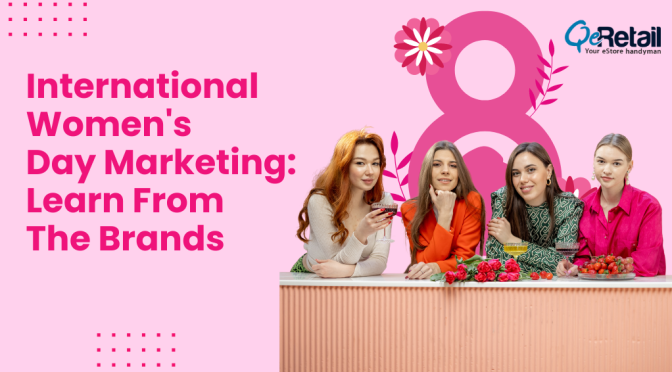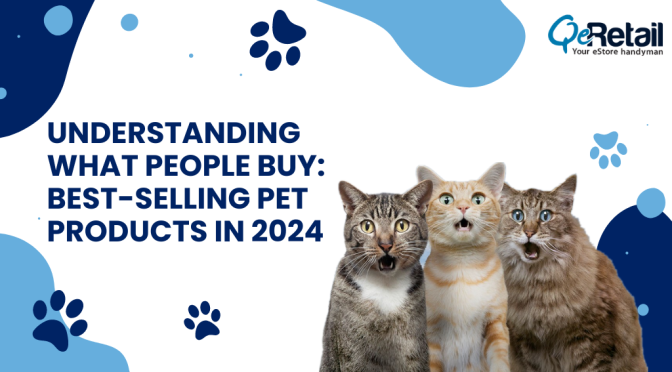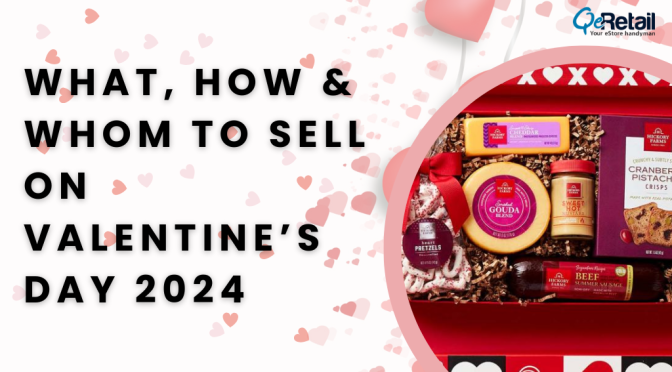The success of any business, whether online or brick and mortar, depends heavily on the repeated orders and loyal customers. As long as customers are being provided a good user experience and brands maintain a meaningful relationship with them, they remain loyal to the brands and also become brand advocates. This is not an overnight success story but instead relies heavily on you hand-holding them, nurturing them, making them capable enough to make educated decisions, and constantly engaging with them post-purchase. This means you need to engage with them right from the beginning i.e. when they were mere visitors or prospects and continue as they progress through different stages of a customer lifecycle.
Yet, the priorities of your customers would be different at every stage and so you need to market differently at every stage of the customer lifecycle. This article shall be discussing in detail about the same and will explain what to consider for each stage of the customer lifecycle.
Table of Contents
What Is Customer Lifecycle? What is meant by Customer Lifecycle Marketing?
By definition, a customer lifecycle or buyer’s journey is the journey a customer takes from being a prospect to a paying customer and later on a loyal customer. When they stop using the product or service, it is said to be the end of their lifecycle.
Customer lifecycle marketing is the different marketing tactics you use to progress the customers through the different stages of a customer journey and retain them as loyal customers for the longer run. The marketing tactics at any stage would be to keep them engaged and prevent them from going dormant.
The Different Stages Of Lifecycle Marketing
The entire customer journey can be divided into six stages and at every stage the expectations of a customer is different. So you need to gauge that and mould your conversation accordingly. The overall stages of customer journey are:
- Awareness: The prospect is aware about your business and has visited your store once.
- Engagement: The prospect engages with your business on different channels to learn more about your brand.
- Evaluation: The lead compares your offerings with the products and services provided by other competitors
- Purchase: The lead is now convinced about your business and makes a purchase after much consideration to become a customer
- Post-purchase: The customer is sent promotional emails that motivates them to make repeated purchases
- Advocacy: After many repeated purchases, the customer is impressed by your business offerings and starts referring you to their peers.

The cycle loops back from the advocacy to the engagement and constantly moves until the customer is no longer engaging with you.
Marketing at different stages of Customer Lifecycle Marketing
Awareness Stage
In the awareness stage, those visiting your store are present there owing to different digital outreach methods such as social media promotion, display ads, influencer referrals, and sponsored posts. In the current state, they are only aware of your store’s existence and are curious to learn more about your brand, it’s products or services, your credibility.
To bring your prospects to the awareness stage, you need to be present where they are looking for. Search Engines, Social Media, Display ads are the preferrable marketing streams that you need to use to grab the attention of your prospects. Creating viral content or targeting low-competition keywords is a great way to get started. Dedicated landing pages with lead generation resources is also a great tool to get them interested. The aim of your marketing efforts in this stage should be to help potential customers discover your brand and make your brand’s presence noted.
When they are regularly interacting with your posts or frequently visiting your site, it is an indication that they have progressed to the next phase i.e. the engagement phase.
Engagement Phase
In this stage, your prospects have turned into leads who are qualified for receiving marketing-related content. They would be curious to know more about your products and services.
Email Newsletters are the best tool at this stage for two reasons:
- You have their attention and the permission to send marketing-related information
- Emails can be automated so it is automatically sent to whoever enters this phase.
Recommend helpful blog content, short explainer videos, and lead nurturing tactics that will make them spend more time on your website. Your aim at this phase is to keep your leads engaged with helpful content and make them evaluate your offerings.
People in this stage will be more visiting your home page, services or product pages, and blog section. Once they begin spending more time on individual product pages, it is an indication that they have progressed to the next stage i.e. evaluation phase.
Evaluation Phase
Once you have your leads evaluating or contemplating the benefits of your products, they are in the evaluation stage and they are enabled enough to be sent sales-related information. Your leads, in this stage, are going to compare your brand with the competition. Your motive at this stage needs to be providing a good user experience and assuring that your brand is the best choice possible.
In this phase, they are on the fence related to purchasing and so will be reading reviews and talking to other customers about your brand. Send them promotional offers in emails, links to influencers talking about your products, promote user-generated content such as real-life photographs, reviews, and testimonials from existing customers to help your sales qualified leads to make an educated decision.
If you notice browser abandonment or cart abandonment behavior from your leads, then it is an indication that they are ready to purchase but hesitant.
Purchase Phase
At this stage, the lead has made their mind about the purchase and no longer needs convincing. Your goal is to make the purchasing process smooth and error-free.
Send them discount coupons or onboarding incentives with a clear and actionable call-to-action and re-engage them with dynamic display ads & cart abandonment emails. In terms of search engine marketing, target search results that are variations of “buy <keyword> online” or “<product> stores near me” or “discounts for <products>.”
As soon as they make a purchase, pat yourself on the shoulder, you have achieved an important milestone in the customer lifecycle yet this is not the end of the road.
Post-Purchase Phase
This is where most brands tend to lose contact with their customers. They failed to keep their customers engaged enough for repeated orders. Customer engagement post-purchase helps brands retain the customer but also improve their services.
Following up with your customers with customer feedback or surveys is a great way to show that you value their opinions and are taking a step towards improving their relationship. Personalization is a great way to make your customers feel closer to your brand.
Send them to cross-sell recommendations or related product suggestions that customized to the customers’ tastes. For those in the service industry, sending ‘Getting Started’ or ‘Introduction to features’ blogs are a great post-purchase engagement tactics.
The goal at this phase is not to force another sale but to provide a great after-sales user experience that will encourage them to stick around.
Advocacy Phase
After a series of repeated purchases and being delighted by your brand, the customers progress to the advocacy phase. The aim to create a following by your existing customers who rope in their peers or recommend you amongst their contacts.
You can only build this relationship by offering an incentive that rewards customer loyalty such as customer loyalty programs, an invitation to a customer forum, exclusive deals, referral bonuses, customer feedback rewards, or even affiliate marketing incentives.
Benefits of Customer Lifecycle Marketing
Customer Lifecycle Marketing is just like other marketing strategies, it needs constant efforts but the benefits far overcompensate the challenges. Some of the benefits of lifecycle marketing are:
- Greatly Improve the Lifetime Value of Your Customers
- The return of investments greatly increases
- You retain your best customers and get constant business from them
- Increased brand exposure via referral and advocacy
Wrapping Up
When it comes to guiding a prospect from awareness to purchase and eventually to brand advocacy, the path may vary depending on the applicable industry but the overall journey is overall similar. If you are facing issues in understanding the customer lifecycle stages in your marketing strategies or need assistance with leveraging the different communication channels such as email marketing, social media, or search engine marketing, get in touch today.







